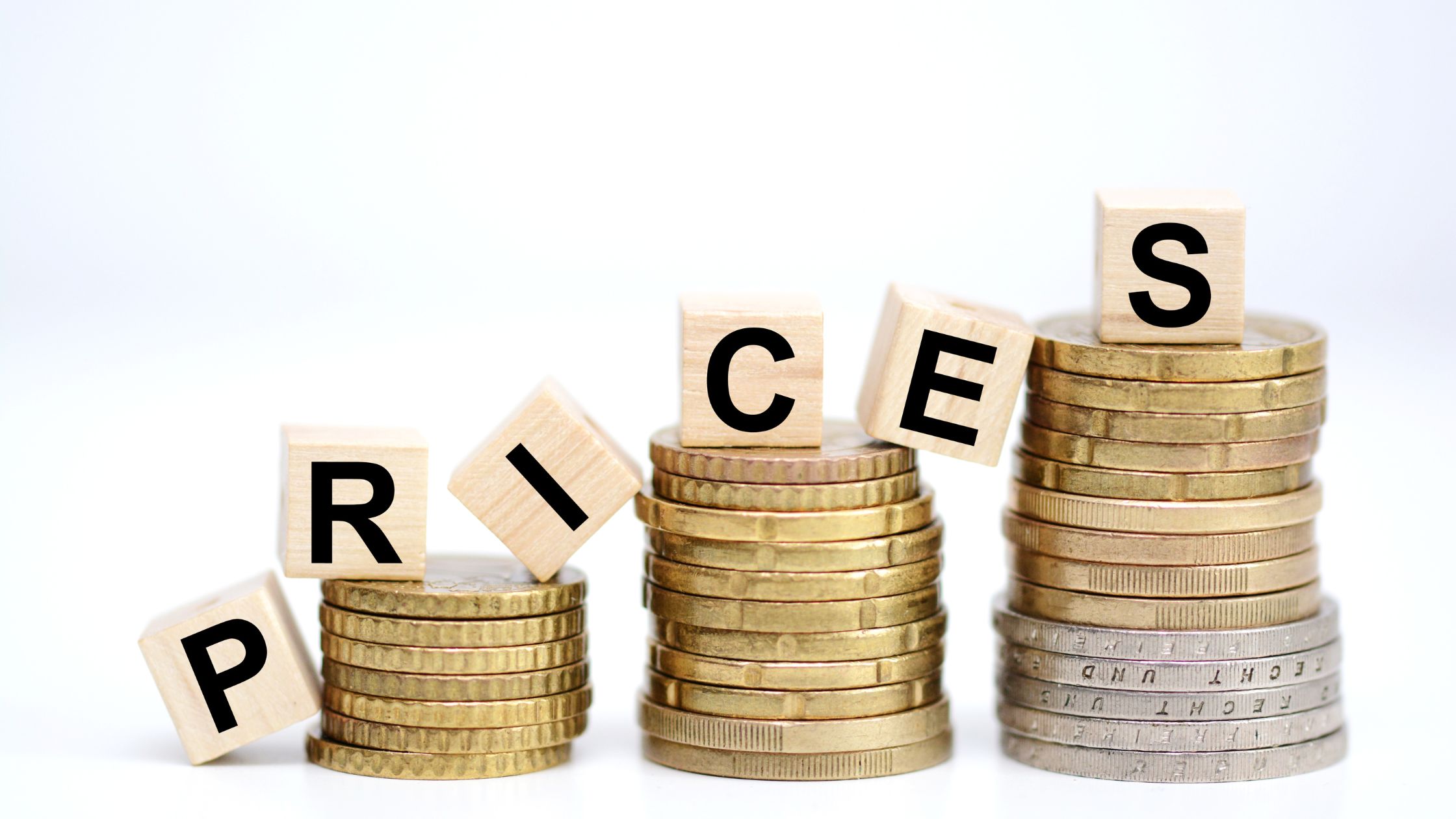
Raising prices can seem counterintuitive, especially in a struggling economy. However, as a business, your costs are always increasing. To maintain your profit margins and ensure sustainability, raising your prices may be necessary.
Before making any changes, consider these six strategic steps to effectively adjust your pricing.
1. Assess the Need for a Price Increase
Evaluate whether a price increase is necessary. Consider factors such as rising costs, poor profit margins, added value you’re not charging for, and whether your pricing reflects your worth.
If your costs have increased or your services are undervalued, it might be time to adjust your prices.
2. Weigh the Pros and Cons
List all reasons for the price increase and evaluate the potential pros and cons. Benefits might include covering increased costs, improving products or services, shedding low-paying customers, and positioning your offerings as premium.
On the downside, you might lose some customers or receive negative feedback. Balancing these factors is crucial for making an informed decision.
3. Enhance the Value of Your Offerings
Justify the price increase by adding value to your products or services. Consider creating tiered offerings with additional features or benefits that warrant a higher price. This approach not only justifies the price increase but also differentiates your business from competitors, making your offerings more unique.
4. Determine the Increase Amount
Decide whether to implement a single price increase or incremental adjustments. Consider applying increases across the board or selectively on certain products or services.
Gradual increases can be more effective and less noticeable. Reward long-time customers with discounted prices for a transitional period to maintain loyalty.
5. Accept Potential Customer Losses
Understand that raising prices may result in losing some customers. However, the increased revenue from higher prices can offset the loss. For example, a 10% price increase with a 40% profit margin means you’d need to lose 20% of your customers before losing money.
Additionally, this can free up time to focus on more profitable, less price-sensitive customers.
6. Plan Your Price Increase
Develop a clear strategy for your price increase. Decide whether to announce the increase or inform select long-term customers personally. While announcements are often unnecessary, if you choose to make one, focus on the added value rather than the increase itself. Be flexible with loyal customers and address any concerns they might have.
By carefully evaluating the need for a price increase, weighing the pros and cons, enhancing your offerings, determining the right amount, accepting potential customer losses, and planning the implementation, you can effectively raise your prices without negatively impacting your business.
